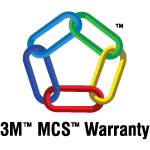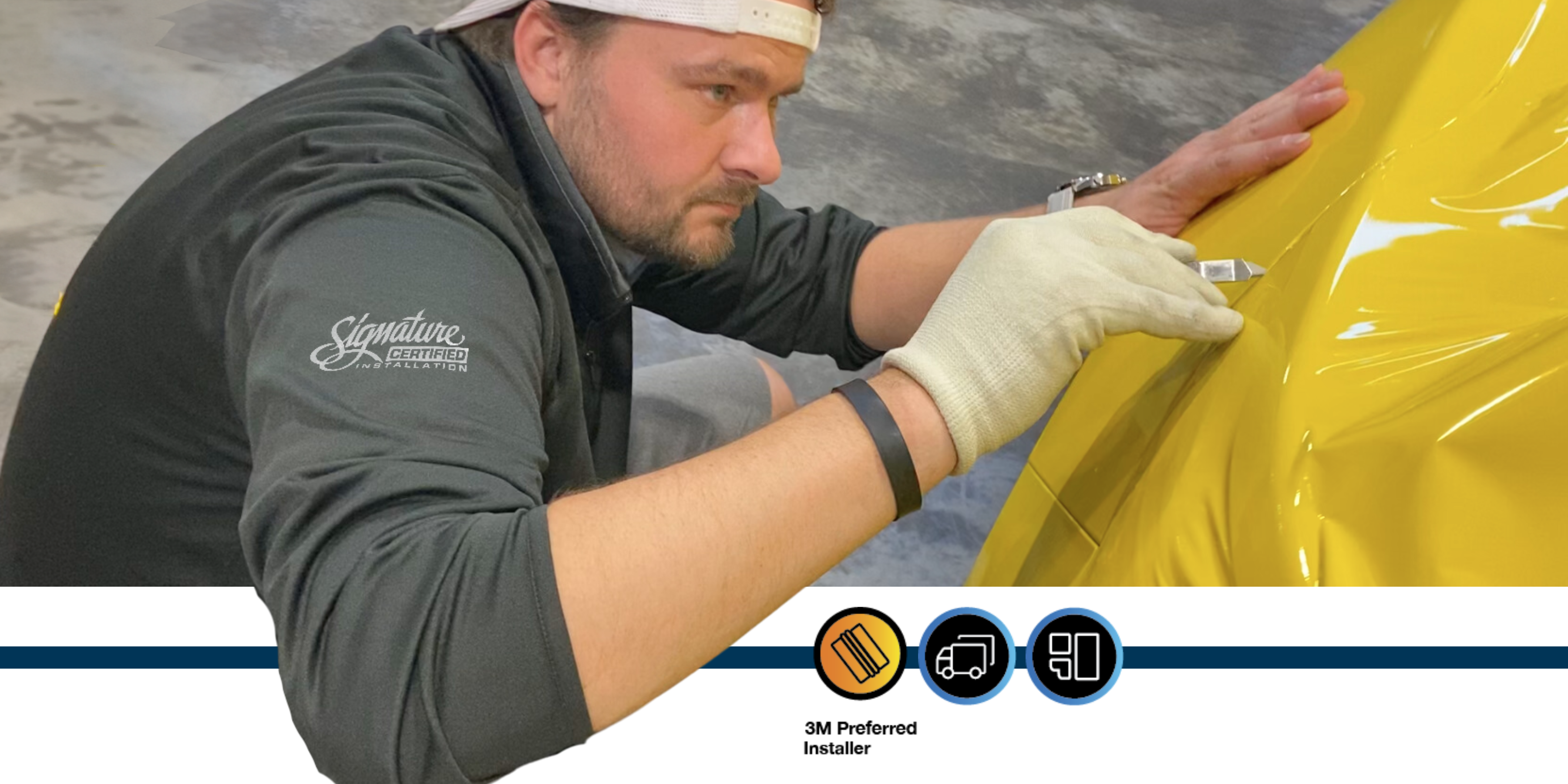Vinyl wraps have revolutionized the world of vehicle and storefront branding, offering a versatile and cost-effective alternative to traditional paint jobs. However, despite their growing popularity, many myths about the durability of vinyl wraps persist. These misconceptions often deter businesses and individuals from taking full advantage of this innovative solution. In this blog, we’ll debunk five common myths about vinyl wrap durability and shed light on why vinyl wraps are a reliable choice for long-lasting branding.
Myth 1: Vinyl Wraps Are Easily Damaged by Weather
One of the most widespread myths about vinyl wraps is that they can’t withstand harsh weather conditions. Whether it’s scorching heat, heavy rain, or freezing temperatures, the assumption is that vinyl wraps will quickly deteriorate. However, this couldn’t be further from the truth.
Modern vinyl wraps are designed to be highly weather-resistant. They are crafted from durable materials that can endure a wide range of environmental conditions. In fact, vinyl wraps undergo rigorous durability testing before they hit the market. For instance, wraps installed on vehicles in regions with extreme weather, like the intense sun of Arizona or the heavy snow of the Midwest, have proven to maintain their integrity and appearance over time.
Myth 2: Vinyl Wraps Fade Quickly in the Sun
Another common myth is that vinyl wraps are prone to fading when exposed to sunlight. While it’s true that extended exposure to UV rays can cause fading, high-quality vinyl wraps are specifically engineered to resist this.
Most premium vinyl wraps come with built-in UV-resistant properties, and they are often finished with a protective laminate. This laminate acts as a barrier against the sun’s harmful rays, ensuring that the colors and designs remain vibrant for years. When properly installed and maintained, a vinyl wrap can retain its visual appeal even under continuous exposure to direct sunlight.
Myth 3: Vinyl Wraps Are Difficult to Maintain
Some people believe that vinyl wraps require extensive maintenance to keep them looking good. However, maintaining a vinyl wrap is actually quite simple and far less demanding than caring for a traditional paint job.
Regular cleaning with mild soap and water is usually sufficient to keep vinyl wraps in top condition. Unlike paint, vinyl does not require waxing or polishing. Additionally, modern vinyl wraps are designed to resist stains and minor abrasions, making them easier to maintain over time. With proper care, vinyl wraps can continue to look fresh and new for several years.
Myth 4: Vinyl Wraps Damage the Original Paint
A significant concern for many is the misconception that vinyl wraps can damage a vehicle’s original paint. In reality, when professionally installed and removed, vinyl wraps do not harm the underlying paint.
In fact, vinyl wraps can serve as a protective layer, shielding the paint from minor scratches, UV rays, and environmental contaminants. The key to avoiding any potential damage lies in the installation and removal process. Professional installers ensure that the wrap is applied correctly without trapping dirt or air bubbles, and they follow precise techniques to remove the wrap without affecting the paint beneath.
Myth 5: Vinyl Wraps Don’t Last as Long as Paint Jobs
Many assume that vinyl wraps have a shorter lifespan compared to traditional paint jobs. While it’s true that vinyl wraps are not permanent, they are designed to be durable and long-lasting.
A high-quality vinyl wrap can last anywhere from 5 to 7 years, depending on factors such as exposure to the elements and how well it is maintained. This lifespan is comparable to, if not longer than, some paint jobs, particularly when you consider the lower cost and the ease of updating or changing the design. Moreover, if you decide to remove the wrap, your original paint job remains intact and protected, offering flexibility that paint simply cannot match.


The durability of vinyl wraps is often underestimated due to various myths and misconceptions. As we’ve shown, vinyl wraps are not only weather-resistant and UV-protected but also easy to maintain and gentle on your vehicle’s paint. They offer a durable and cost-effective solution for businesses and individuals looking to make a lasting impression. Don’t let these myths hold you back—explore the possibilities of vinyl wraps and give your brand the visibility it deserves.
FAQs
How long do vinyl wraps typically last?
High-quality vinyl wraps can last between 5 to 7 years, depending on factors like exposure to weather conditions, the quality of the installation, and proper maintenance. Regular cleaning and care can extend the lifespan of your vinyl wrap.
Will a vinyl wrap damage my vehicle’s paint?
No, vinyl wraps are designed to protect your vehicle’s paint. When installed and removed by professionals, they do not damage the underlying paint. In fact, wraps can shield the paint from UV rays, minor scratches, and environmental contaminants.
Can vinyl wraps withstand extreme weather conditions?
Yes, modern vinyl wraps are highly durable and can withstand various weather conditions, including intense sun, rain, and cold. They are often UV-resistant and weatherproof, making them suitable for all climates.
Do vinyl wraps fade over time?
While all materials can fade eventually, high-quality vinyl wraps are designed to resist UV rays and maintain their vibrant colors for years. Adding a protective laminate can further enhance their resistance to fading.
How should I maintain my vinyl wrap to ensure its longevity?
Maintaining a vinyl wrap is simple. Regularly wash the surface with mild soap and water, avoid using abrasive materials, and steer clear of automated car washes with brushes. Proper care will help your vinyl wrap stay in top condition for years.

We proudly use 3MTM graphic films and overlaminates.





















